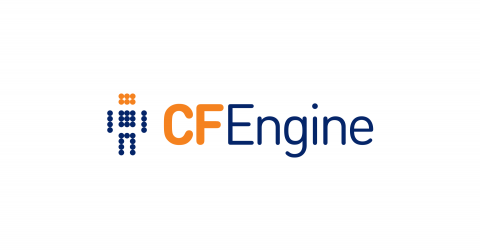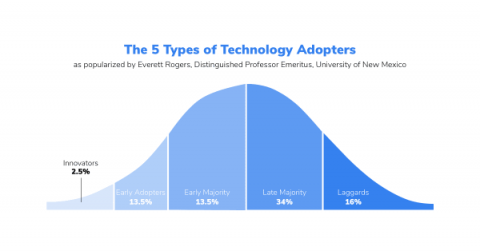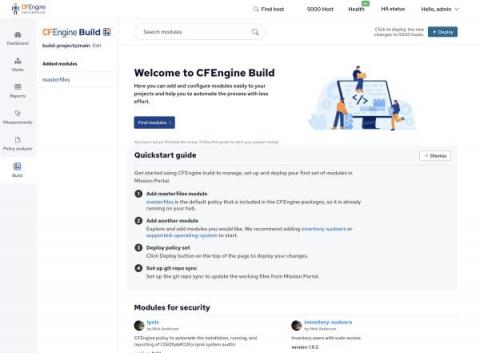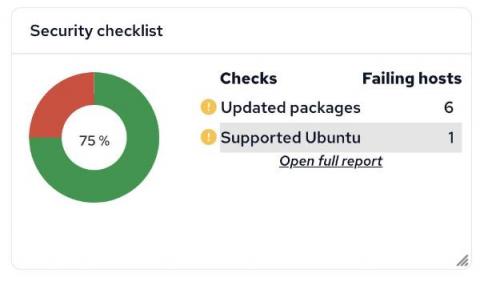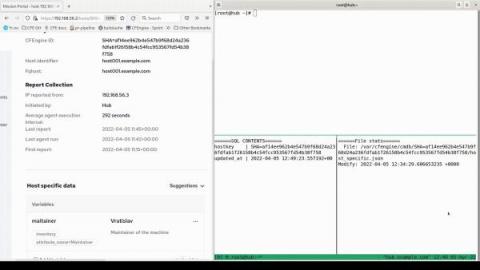Extending autorun
What’s autorun? Autorun is a feature of the Masterfiles Policy Framework (MPF)1 that simplifies the process of adding and executing new policy. We have talked about Modular policies with autorun and the Augments before. This time, we dig into autorun a bit deeper to explore some of its current features and look at how to implement your own as we did during The Agent is In, Episode 15 - Extending Autorun


